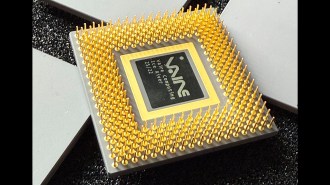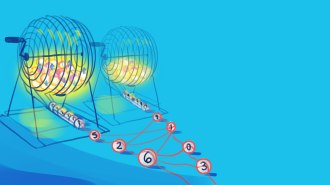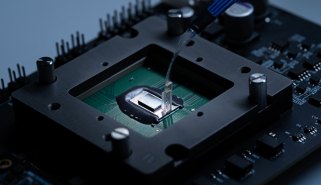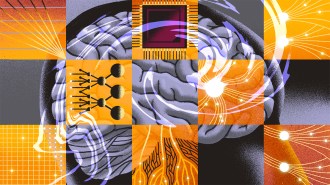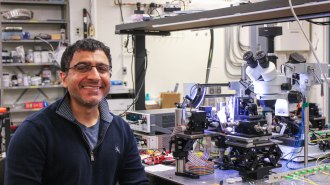The world’s fastest supercomputer just broke the exascale barrier
The milestone will allow for complex calculations that benefit a wide range of research areas
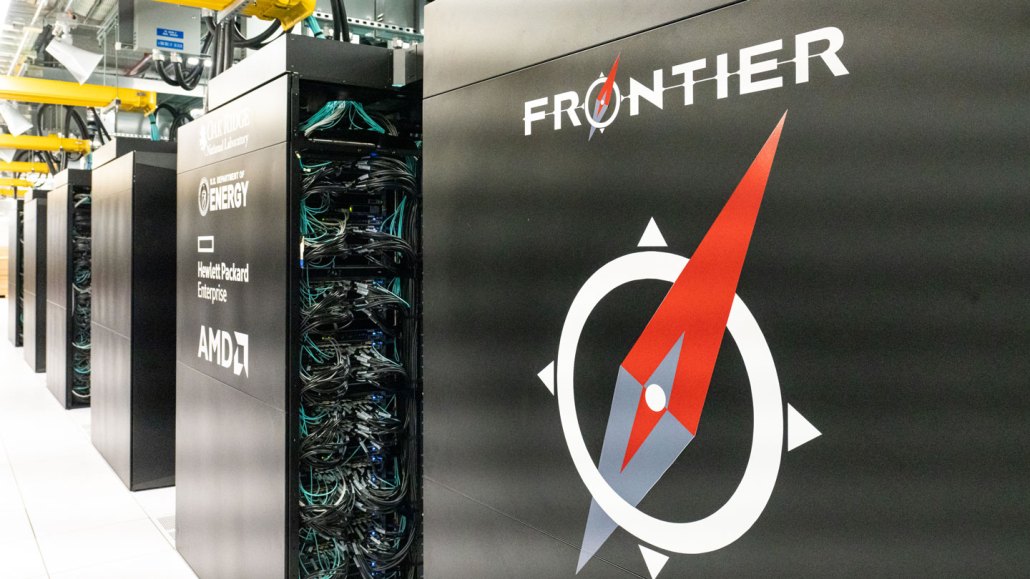
The Frontier supercomputer at Oak Ridge National Laboratory in Tennessee performed more than a quintillion calculations per second, officially reaching the milestone of exascale computing.
Carlos Jones/ORNL/U.S. Department of Energy

